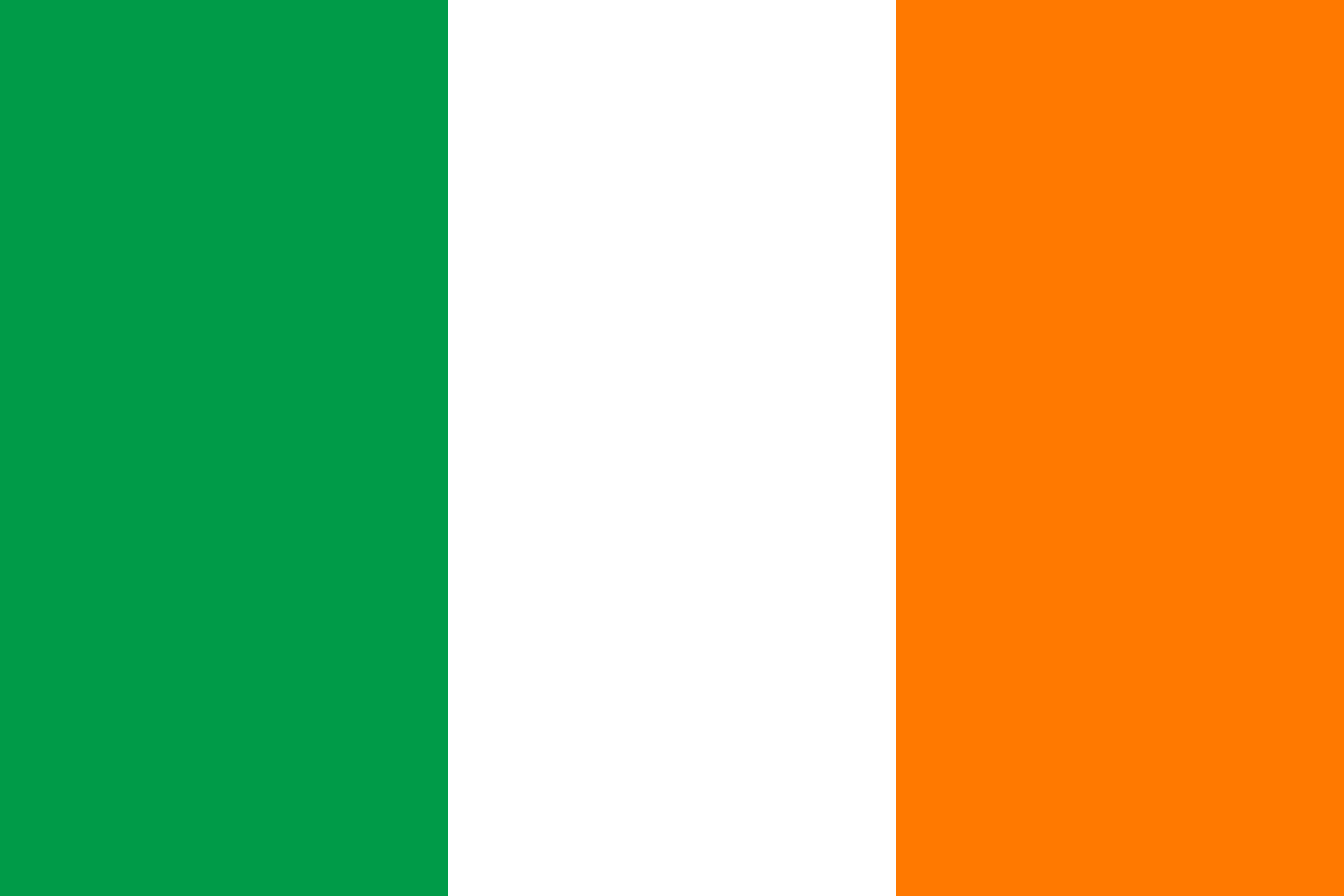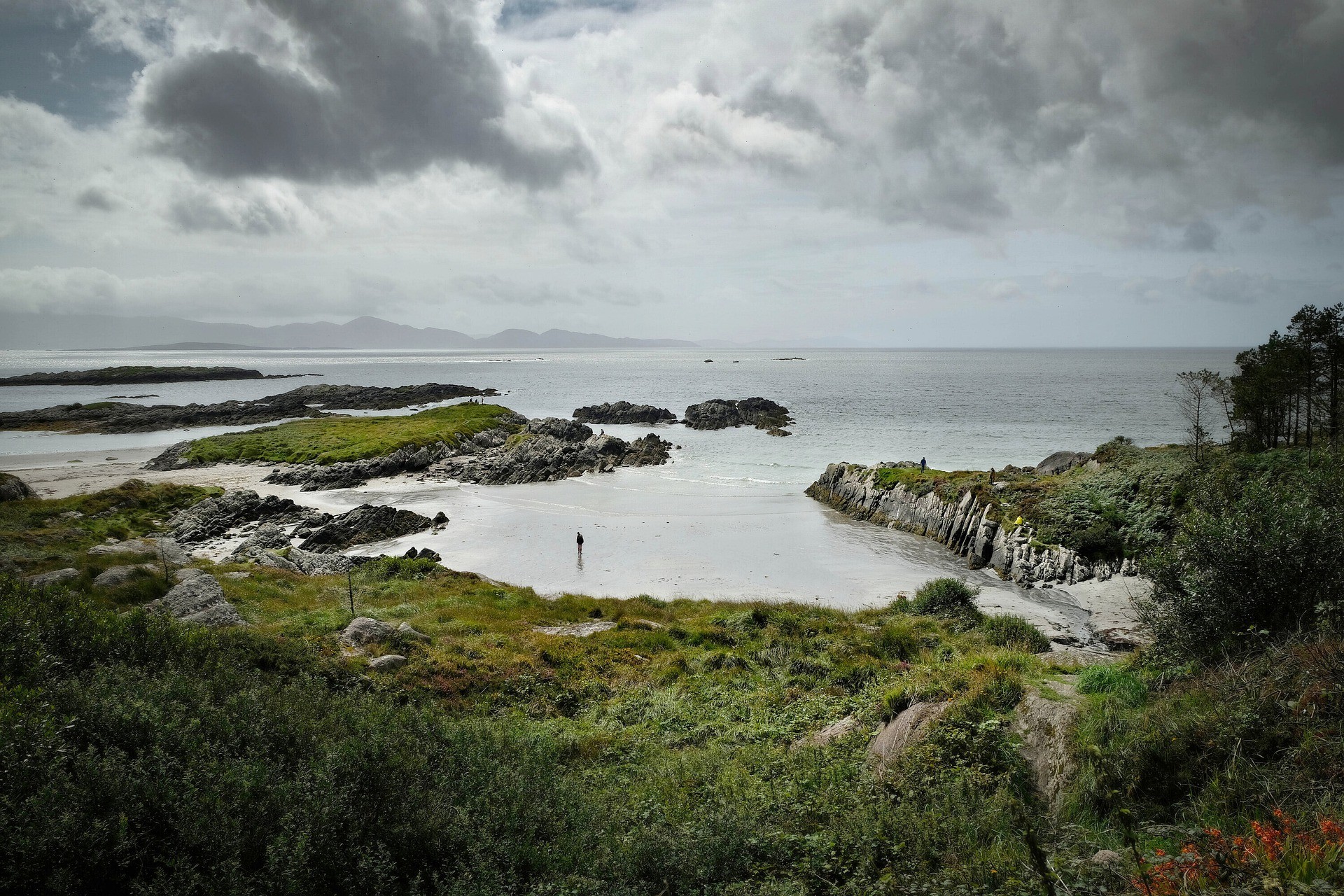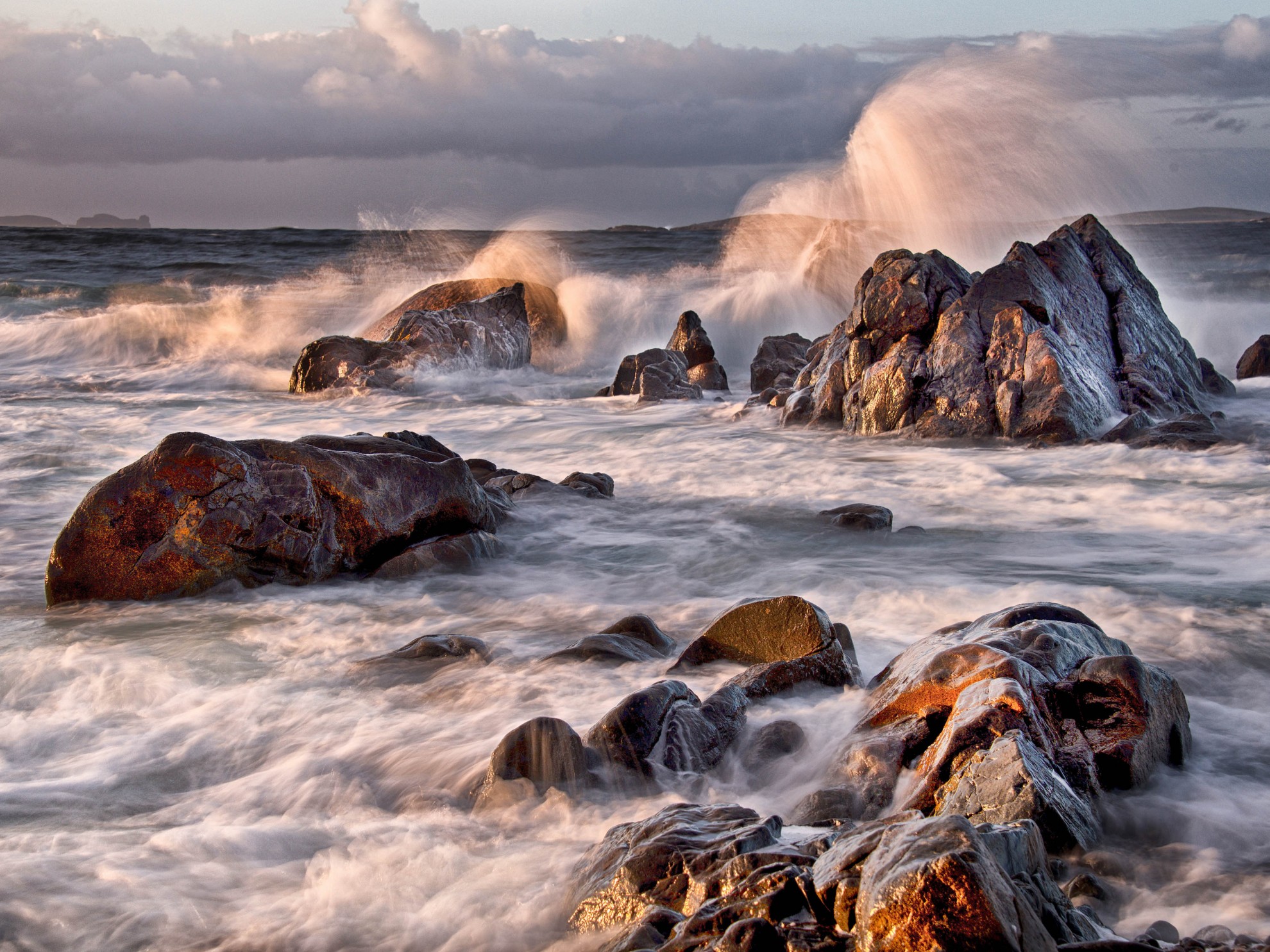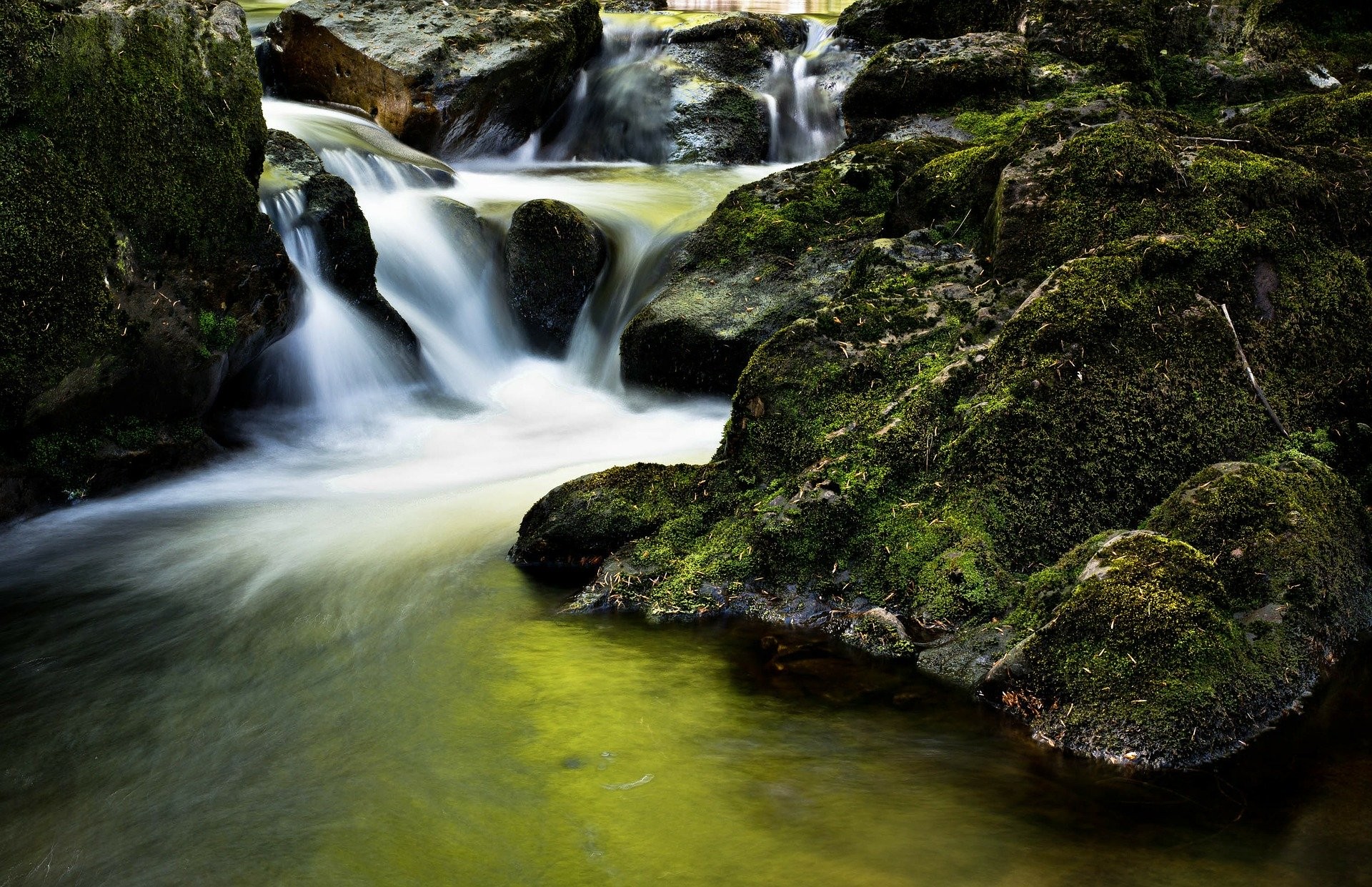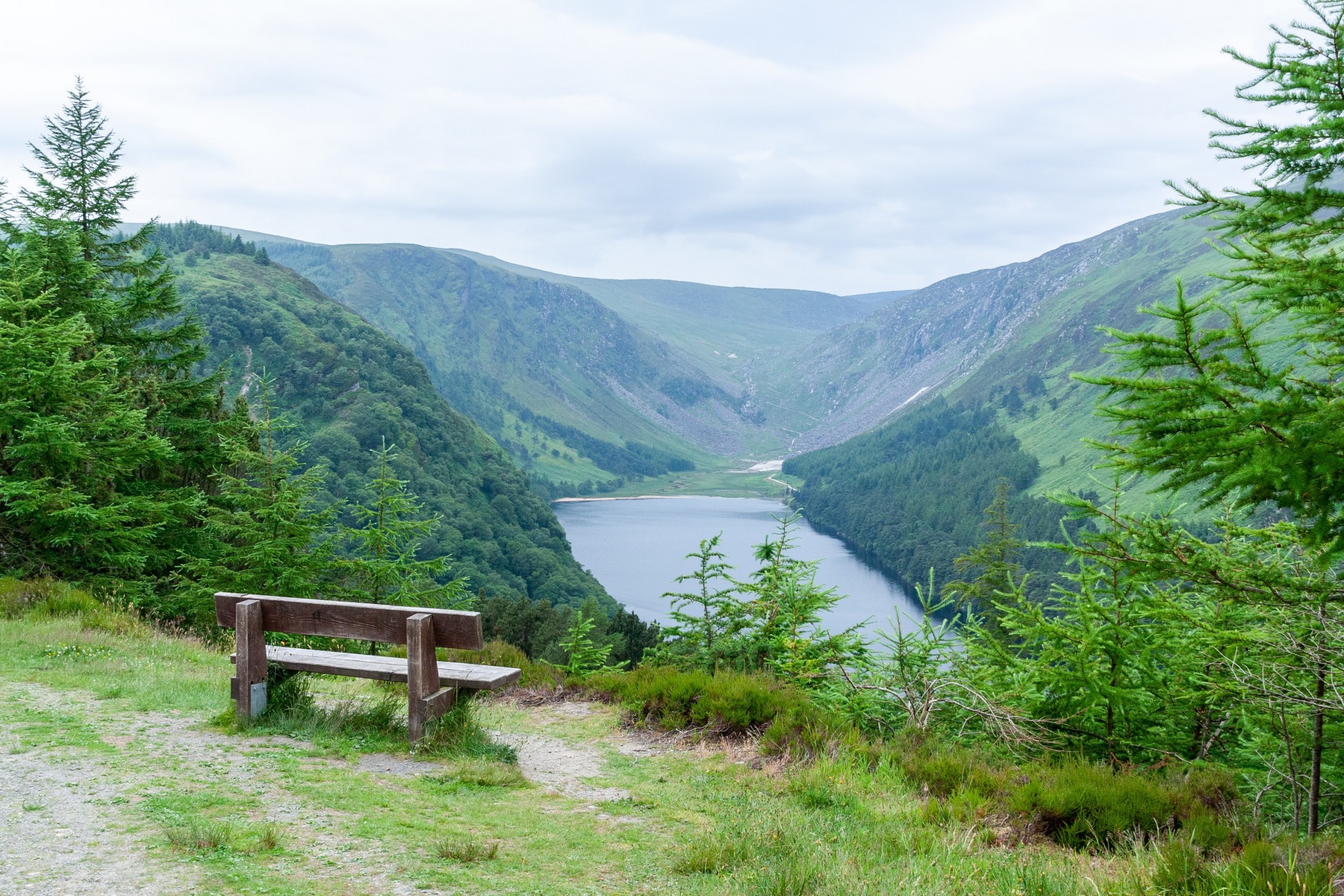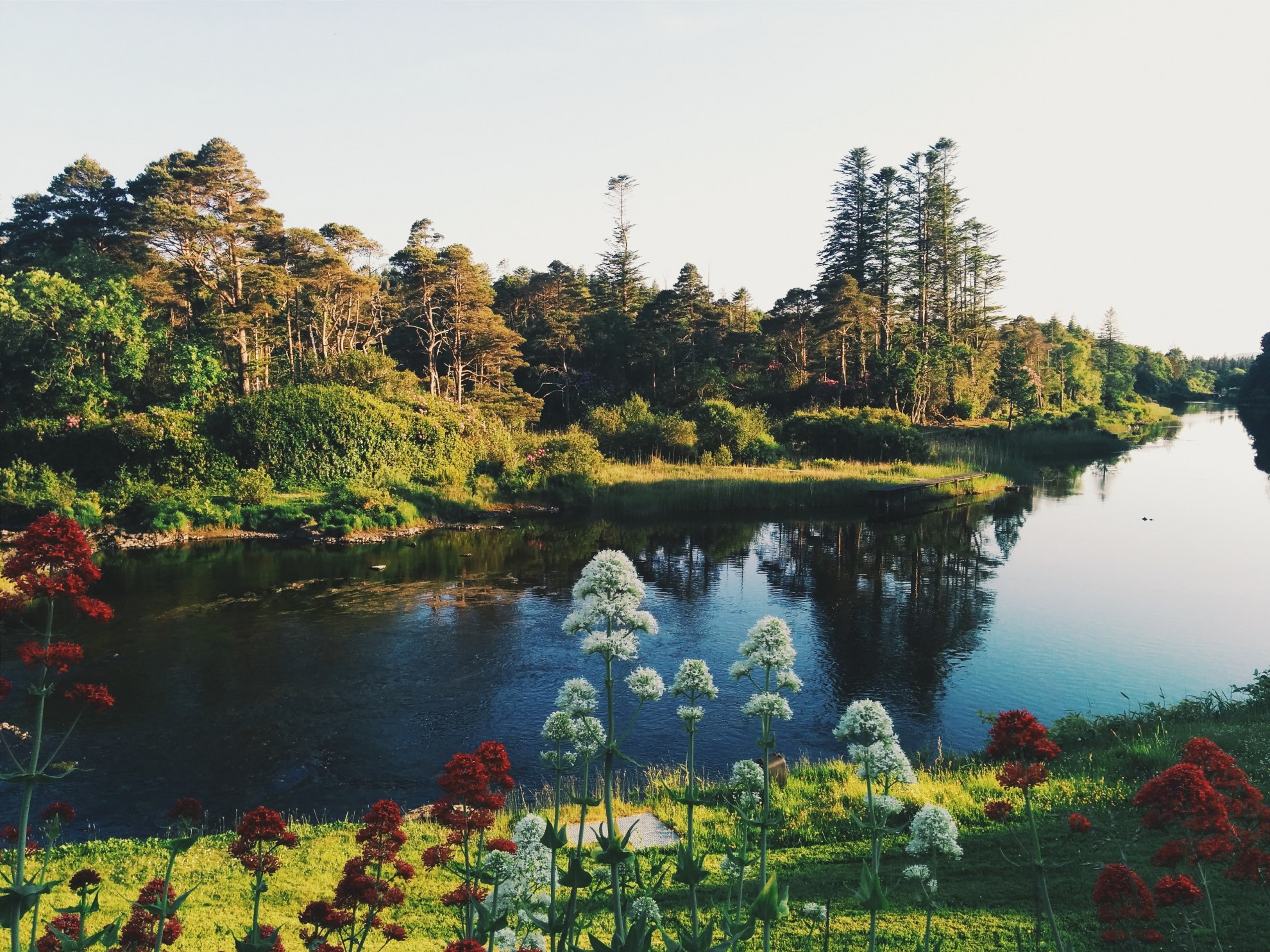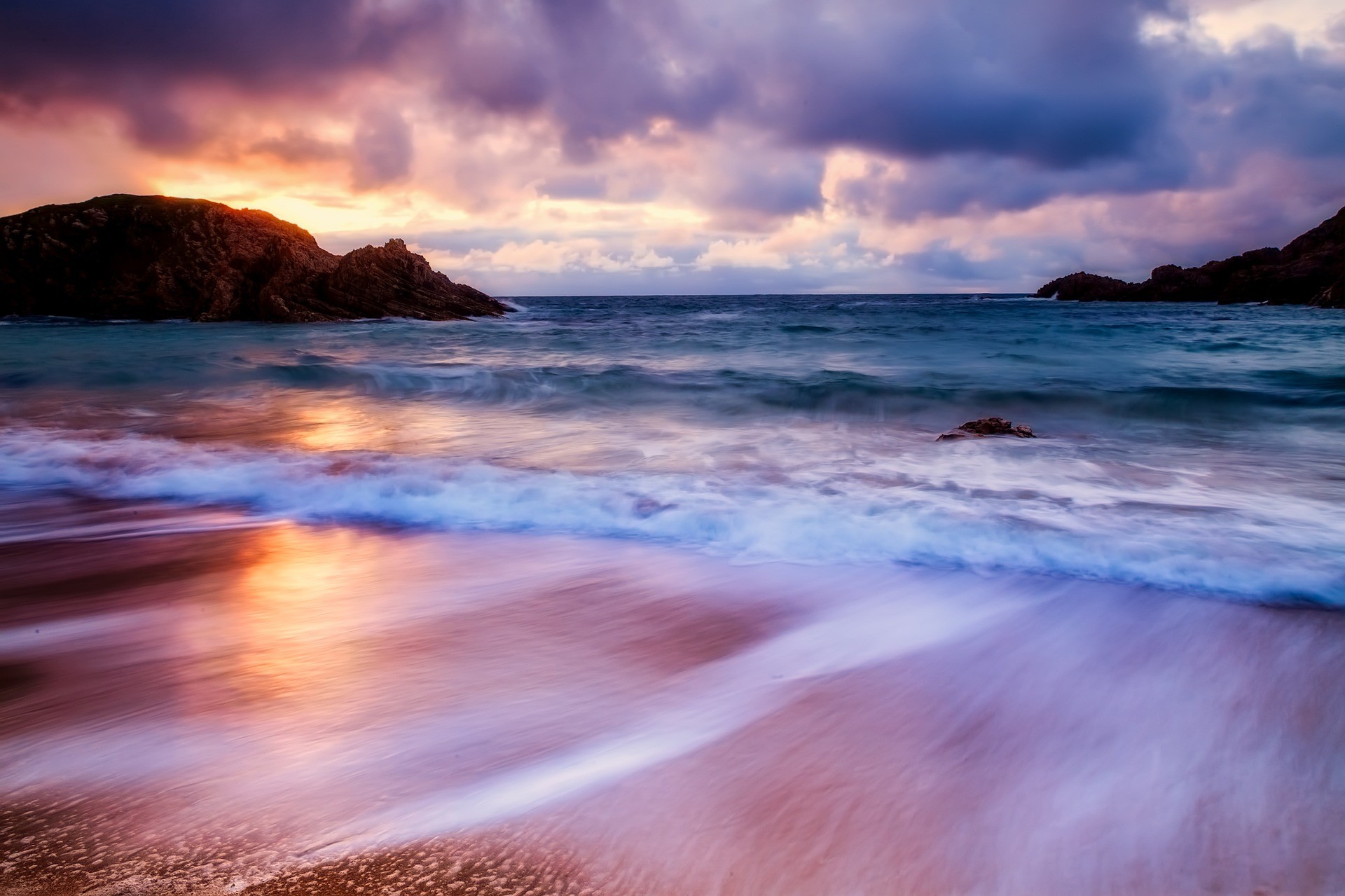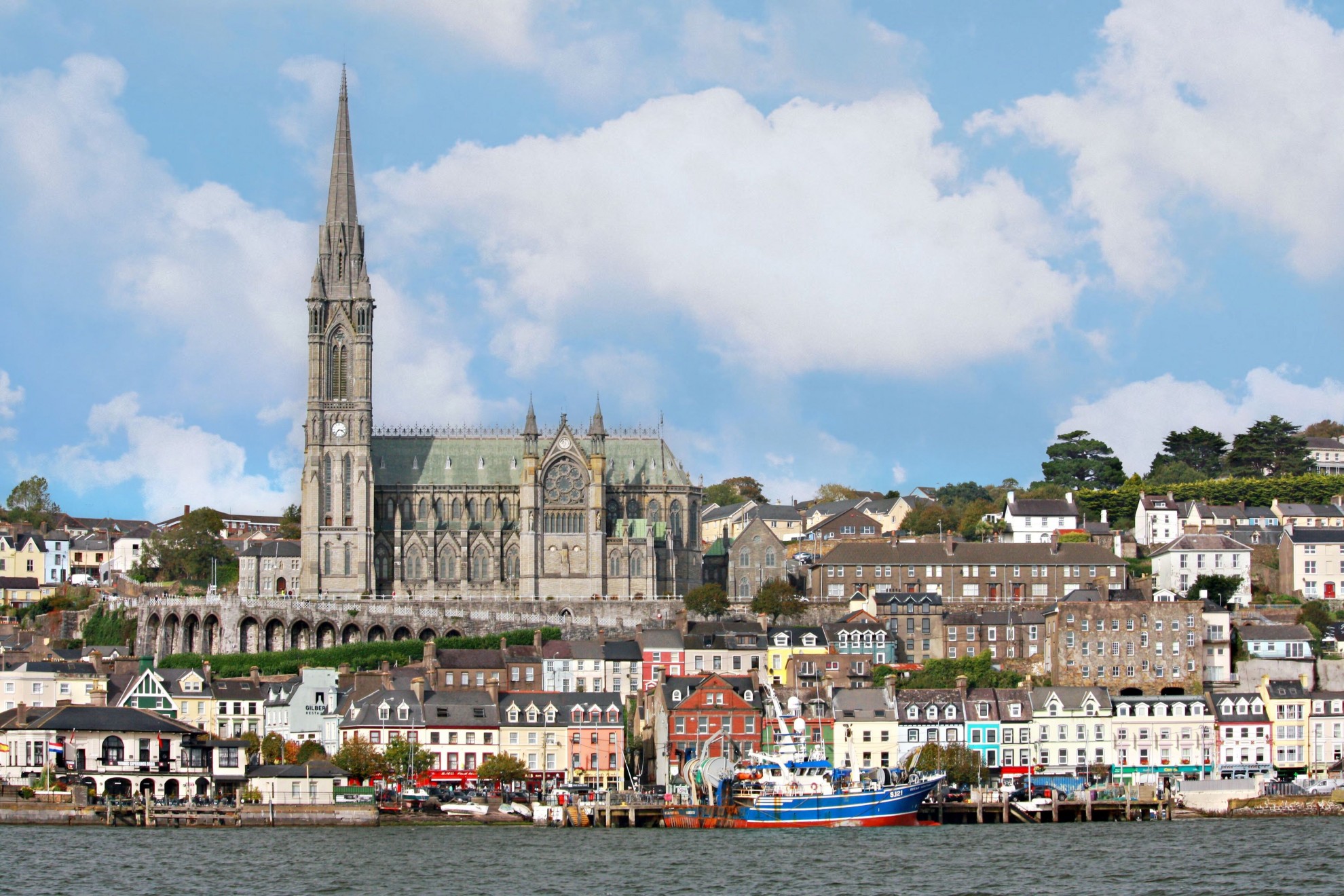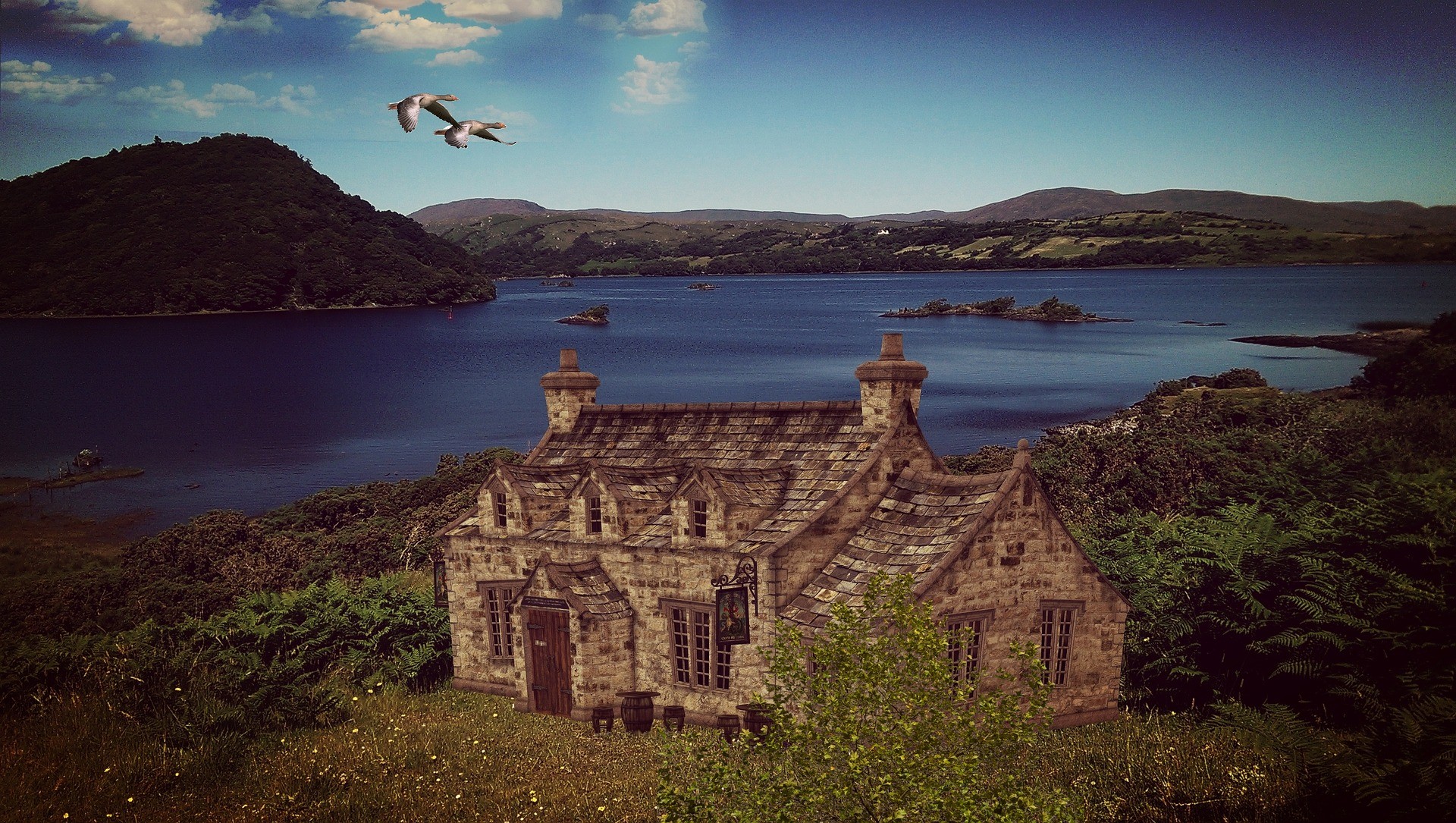Ireland
Ireland
Capital city description
Climate
Ireland has an oceanic climate, cool and damp, cloudy and rainy throughout the year. The southwest coast is exceptionally mild in winter.
In Ireland, Atlantic weather fronts move relentlessly one after another over the country, resulting in a rapid succession of cloudiness and sunshine, rain showers, and subsequent improvements. Days with clear skies are rare: the weather is more likely to be variable or unstable, and in the interludes between disturbances, you can expect, rather than clear skies, clouds running in the sky.
Spring: March to May
Summer: June to August
Autumn: September to November
Winter: December to February
Languages spoken
English and Irish are the official and widely spoken languages in Ireland.
Fun/Fascinating Facts
- Surprisingly, there are no snakes in Ireland! Scientists say Ireland has never had any snakes on its green shores. The legend and well-known "fact" about Ireland and its snakes are that Saint Patrick drove them all away. But in fact, there were never any snakes. You may find a snake in a zoo, however.
- Ireland is the only country in the world to have a musical instrument as it's a national symbol.
- There are more Irish people abroad than in Ireland.
- The stunning Cliffs of Moher in Ireland can be seen in the movie Harry Potter and the Half-Blood Prince, Princess Bride, and The Mackintosh Man.
- The glacial valley of Glendalough is one of the most stunning places in Ireland. There are two mirror-like lakes and nature in abundance.
Unique Customs/Traditions
- In Ireland, a traditional wake is seldom solemn. Friends and family alike gather and share memories and funny stories about the deceased. Food and drink are always present, and although the church tried to ban alcohol from wakes, it was unsuccessful.
- Traditionally, many Irish family households would prepare their homes for Easter Sunday by doing “spring cleaning,” meaning to prepare the house for blessing by the local priest. This religious ceremony dates back hundreds of years.
- Traditional Irish music includes drinking songs, love songs, dancing songs, funny songs, and ballads, some of which are accompanied by instruments such as fiddles, harps, bagpipes, horns, and drums.
- Trading insults and teasing (“slagging”) with people to whom they are close is almost a national pass-time, and if you are teased, it is essential to take it well and not see it as personal.
Popular universities
| Name | Description | |
|---|---|---|
| The University College Dublin | The University College Dublin (UCD) is a public university formerly known as the Catholic University of Ireland, established in 1854. The university is one of Europe's research-intensive universities and is the largest university in Ireland. University College Dublin's academic structure comprises six further into associated schools and multiple research institutes and centers. The six colleges that belong to the University of Dublin are UCD College of Arts and Humanities, UCD College of Business, UCD College of Engineering and Architecture, UCD College of Health and Agricultural Sciences, UCD College of Social Sciences and Law, and UCD College of Science. | |
| National University of Ireland Galway | The National University of Ireland Galway (NUI ) is a public university located in Galway in Ireland. It was established in 1845, The university contains four colleges which are further subdivided schools for candidates to pursue their undergrads and postgraduate studies. These colleges include the College of Arts, Social Sciences and Celtic Studies, College of Business, Public Policy and Law, College of Medicine, Nursing and Health Sciences, and College of Science and Engineering. | |
| University of Dublin Trinity College Dublin | Established in 1592, the University of Dublin Trinity College Dublin, located in Dublin in Ireland, is Ireland's oldest university. Its faculties comprise the Faculty of Arts, Humanities and Social Science, Faculty of Engineering, Mathematics and Science, Faculty of Health Science. This university offers many undergraduate, postgraduate, short courses, and online education. It has many specialized schools for its areas of study. The schools in Trinity College Dublin are the School of Business, School of Confederal School of Religions, Peace Studies and Theology, School of Creative Arts (Drama, Film, and Music), School of Education, School of English, School of Histories and Humanities, School of Linguistic among several others. | |
| University College Cork | Established in 1845, the University College Cork is one of Ireland's leading research institutes. The University College Cork's academic structure includes multiple faculties that are further sub-divided into schools. These faculties have the Faculty of Arts and Celtic Studies, Commerce, Science, Engineering, Medicine, Law, Food Science, and Technology. | |
| Dublin City University | Founded in 1989, Dublin City University is a non-profit public higher education institution located in the urban setting of the large city of Dublin, County Dublin. This university has five campuses and offers over 200 programs under its five main faculties: engineering and computing, business, science and health, humanities and social sciences, and education. Renowned organizations such as the Association of MBAs and AACSB have accredited this university. | |
| University of Limerick | Founded in 1972, the University of Limerick is a public research university for higher education in Limerick, Ireland. The university has four faculties: Kemmy Business School (Scoil Ghnó Kemmy), Faculty of Education and Health Sciences (including the Graduate Medical School), Faculty of Science and Engineering, Faculty of Arts, Humanities, and Social Sciences. The university has over 800 research postgraduates and 1,300 postgraduate students receiving instruction at the university. | |
| Maynooth University | Founded in 1997, Maynooth University is a non-profit public higher education institution located in the large town of Maynooth. The humanities, social sciences, and natural sciences form the academic and intellectual core of the University, complemented by solid departments and programs in teacher education, computer science, electronic engineering, business, and law. Maynooth has an international reputation for research in humanities; social and spatial sciences; mathematics, communication, and computation; and human health. | |
| Technological University Dublin | Founded in 2019, Technological University Dublin is a non-profit public higher education institution located in the urban setting of the metropolis of Dublin, County Dublin. Dublin Institute of Technology (DIT) was the first technological university in Ireland. The university provides various programs across its campuses and five schools for the diverse study. | |
| Cork Institute of Technology | Established in 1974, Cork Institute of Technology is a non-profit public higher education institution located in the small city of Bishopstown, County Cork. Cork Institute of Technology (CIT) offers courses and programs leading to officially recognized higher education degrees such as bachelor's degrees in several areas of study. | |
| Waterford Institute of Technology | Waterford Institute of Technology is a non-profit public higher education institution located in Waterford County Waterford, established in 1970. The institute has six Schools and offers programs in Business, Engineering, Science, Health Sciences, Education & Humanities. | |
Festivals & Events

St. Patrick Day
Date: March
The famous and most prominent festival in Ireland is St. Patrick Day in March. The festival's highlight is St. Patrick's Day, where there's a grand parade, lots of drinking, and locals and tourists party in the streets all over Ireland.
Every town and village wears fabulous green customs, while the pubs serve green Guinness to revelers all night long.
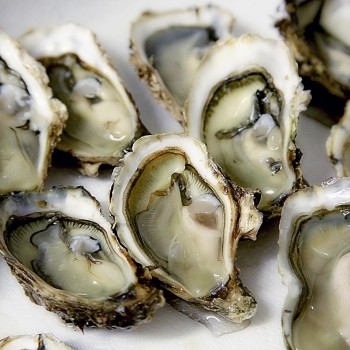
Galway International Oyster & Seafood Festival
Date: Last week end in September
The Galway International Oyster & Seafood Festival is an annual festival held on the last weekend in September to celebrate Galway's rich annual oyster harvest. All the city's restaurants set up a food village serving delights.
The Tales by the Sea highlights and history of the fishing industry in Galway, and a Mardi-Gras parade, musical event, and kids' day make sure everyone has a great time. There are two Oyster Opening Championship during the festival: the Irish Oyster Opening Championship and the World Oyster Opening Championship.
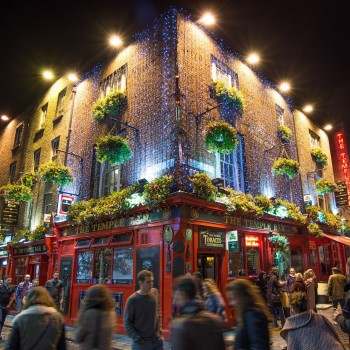
National Heritage Week
Date: Last week of August
The National Heritage Week is an annual event that celebrates Ireland’s culture, history, garden, and architecture in the last week of August.
Many of the events during the week are free, and the program highlights the abundance of great work carried out in all communities in Ireland to preserve and promote natural, built, and cultural heritage.
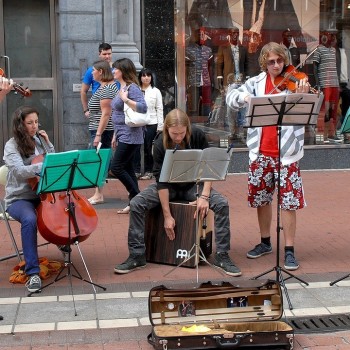
Cork Folk Festival
Date: October
The Cork Folk Festival is an annual celebration of traditional Irish folk music in Ireland’s southern capital, Cork. The festival draws audiences from all over the world—many performances in concert halls, open-air venues, pubs, and bars. The festival hosts dancing, lectures, and workshops to complement the musical events.

Matchmaking Festival, Lisdoonvarna
Date: September
Matchmaking is an old traditional festival held in the famous spa and matchmaking town, Lisdoonvarna, every September. This sweet event welcomes festival-goers of all ages, specifically around 18 to 80, romantic hopefuls, bachelor farmers, and accompanying revelers.
The festival hosts dancing, singing, and various activities all day long. The month-long event is an important tourist attraction in the city.
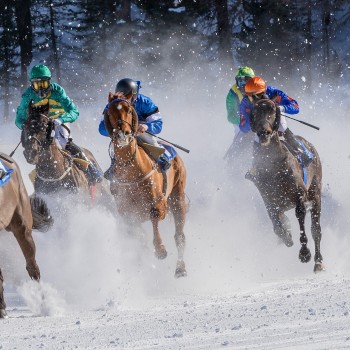
Dublin Racing Festival
Date: February
Dublin Racing Festival is a two-day event that takes place at Leopardstown Racecourse. The festival brings together the biggest names in Irish jump racing for two riveting days of action.
Day 1 of the Dublin Racing Festival will feature 8x exciting National Hunt races, live music, culinary delights, and a host of hospitality and dining options to suit all tastes and budgets. Day 2 of the Dublin Racing Festival will feature 8x exciting National Hunt races, live music, culinary delights, and a host of hospitality and dining options to suit all tastes and budgets.
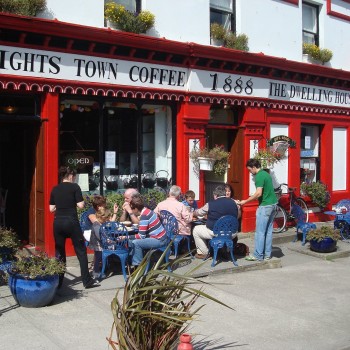
Waterford Harvest Festival
Date: September
A fabulous gourmet event with original twists, the Waterford Harvest Festival happens every September with a mouthwatering treat, Irish heritage, and culture. Its first day sees the Ballybricken Fair, a traditional 19th century-style re-creation of a typical Irish market.
The festival is flooded with wine, whiskey tastings, a beer tent, street vendors. It hosts cooking demos, live music, and other exciting performances. A highlight of the event is the Fulach Fia experience, a historic demonstration of Bronze Age cooking methods by a local Druid chief.
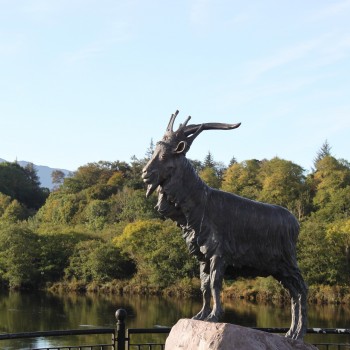
Puch Fair
Date: August
Puch Fair is a three-day event in Killorglin in August each year. The first day of Puck is known as "the gathering," the Puck goat is crowned on a stand in the town square on the first day, and the horse fair is held. The second day of Puck is known as the "Fair day," during this day, a general cattle fair is held. Puck's third and last day is known as the "scattering" day, and on this day, the goat is removed from his stand and reign as king Puck and returns to the wild Kerry mountains.
Live music, demos, dance sessions, outdoor markets, and fireworks are expected every year during the Puck Fair. There are lots of activities during this celebration and pubs close an hour later than usual.
Attractions / Top Sights
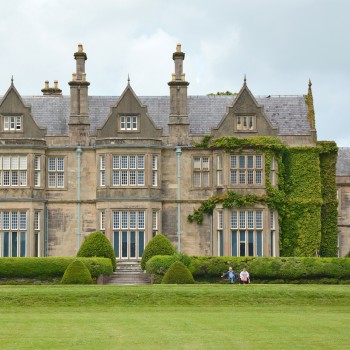
Killarney National Park
When to visit: Summer, Spring and Autumn
When to visit: https://www.killarneynationalpark.ie/
Ireland's famous tourist attraction is a stunning Killarney National Park, home to the 19th-century Muckross House, Gardens, and Traditional Farms. Standing close to the shores of Muckross Lake, one of three Killarney lakes renowned worldwide for their splendor and beauty, this former mansion oozes the grandeur and gentility of bygone days.
The Killarney National Park & Lakes region is surrounded by beautiful scenery, and any route through it will display a spectacular view of its lakes and mountains.
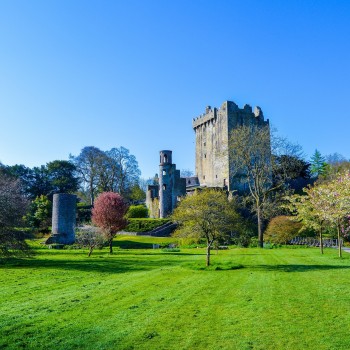
Blarney Castle
When to visit: May to October
When to visit: https://blarneycastle.ie/
Blarney Castle is a medieval ancient stronghold castle home to a famous majestic Blarney Stone. The stone is built into the wall of the medieval Blarney Castle in Co Cork. Many tourists from all over the world flock to Blarney Castle to kiss this famous magical stone in the Battlements of Blarney Castle in the hope of receiving the gift of the gab. By kissing the Blarney Stone, the story goes that you will develop the ability to persuade through your sweet-talk in any situation.
Aside from the magical stone, extensive gardens surround the castle that makes the castle a stunningly beautiful spot.
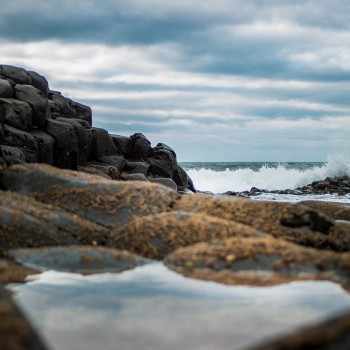
Giant's Causeway in County Antrim
When to visit: May to October
The Giant's Causeway in County Antrim is a Unesco World Heritage site and a national nature reserve, one of the famous attractions in Ireland. The causeway is consists of tens of thousands of interconnected stone columns formed by cooling volcanic basalt.
The Giant's Causeway is one of nature's true wonders, and it was named the fourth greatest natural wonder in the United Kingdom. It looks like a carpet of enormous steppingstones extending out into the Irish Sea leading across to Scotland from a distance.
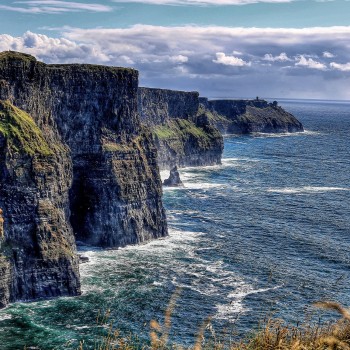
Cliff of Moher
When to visit: May to October
When to visit: https://www.cliffsofmoher.ie/
Situated at the southwestern edge of the Burren region in County Clare, Ireland, is the breathtaking Cliff of Moher, the famous tourist attraction in Ireland, attracting millions of tourists from all over the world.
The most unique and precious aspects of the cliffs are the local wildlife and the picturesque views above and below the ridge. Waves crash below, seabirds whirl above, and paths wind along the cliff edge between villages. Their sheer drop into the heaving Atlantic ocean is a well-known haven for sea birds.
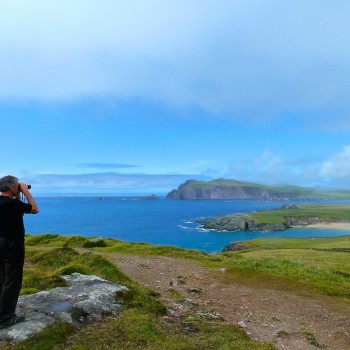
Ring of Kerry
When to visit: In summer
The Ring of Kerry is a 179km circular route around the Iveragh Peninsula in County Kerry in South Western Ireland. It houses many of Ireland's famous tourist attractions.
It is home to the scenic towns of Killarney, Beaufort, Killorglin, Glenbeigh, Cahersiveen, Waterville, Caherdaniel, Sneem, and Kenmare. Famous points include Muckross House, Staigue stone fort, and Derrynane House, home of Daniel O'Connell.
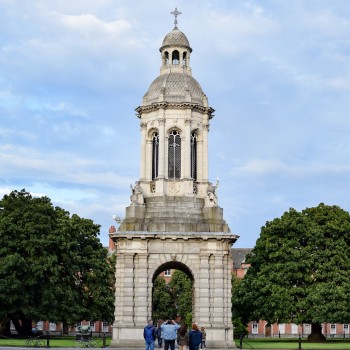
Trinity College in Dublin
When to visit: May to September
Founded by the noble Queen Elizabeth, I in 1592, Ireland's most aged-university, Trinity College in Dublin is one of the country's ancient treasures. College Dublin is the university that educated Theobald Wolfe Tone, the so-called father of Irish republicans. Other alumni include writers such as Jonathan Swift, Oscar Wilde, Samuel Beckett, and many other outstanding Irish minds.
Trinity College is also well-known for its priceless treasures. The Old Library is home to the Book of Kells (the inspiration for the library in the first Harry Potter movie). – a ninth-century illuminated manuscript often referred to as Ireland's national treasure.
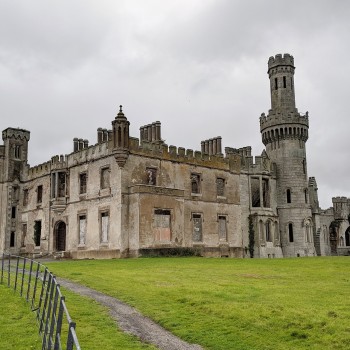
Ducketts Grove
When to visit: May to September
Ducketts Grove structure was once one of Ireland's finest examples of a thriving Great House and surrounding estates. It was home to generations of the Duckett family, who settled in 1695. Surrounding the castle is the best-reserve Walled Garden.
The historical towers, turrets, and architectural oddities of Duckett's Grove House form a strikingly enigmatic and panoramic profile, thus making it one of the most picturesque buildings in Ireland, managed by Carlow County Council.
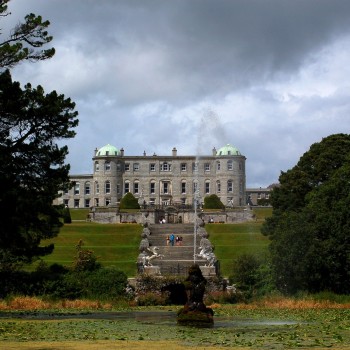
Powerscourt House and Gardens
When to visit: May to September
When to visit: https://powerscourt.com/
Undoubtedly one of the marvelous attractions in Ireland, boasting magnificent views, serene lakeside walks, fascinating history, and the stunning backdrop of Sugarloaf Mountain, is the Powerscourt House and Gardens owned by the Slazenger family. Located in Enniskerry, County Wicklow, Ireland, the house occupies 47 manicured acres and more than 200 varieties of trees, shrubs, and stunning flowers.
The beautiful Italian-inspired gardens, one of the world's best gardens, were laid out over 150 years and were designed to create an estate that blends harmoniously with the surroundings.
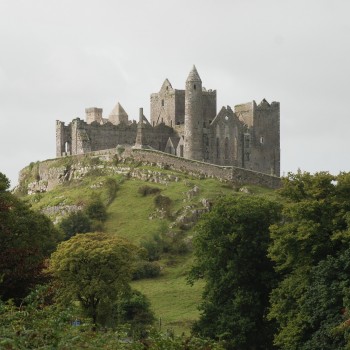
Rock of Cashel
When to visit: May to September
One of Ireland's most visited heritage sites is the impressive Rock of Cashel, perched upon a limestone rock formation in the Golden Vale. This incredible group of medieval buildings includes the High Cross and Romanesque Chapel, the 12th-century round tower, a 15th-century castle, and a 13th-century Gothic cathedral.
The restored Hall of the Vicars Choral is also among the structures. Tourist attractions include an audio-visual show and exhibitions.















